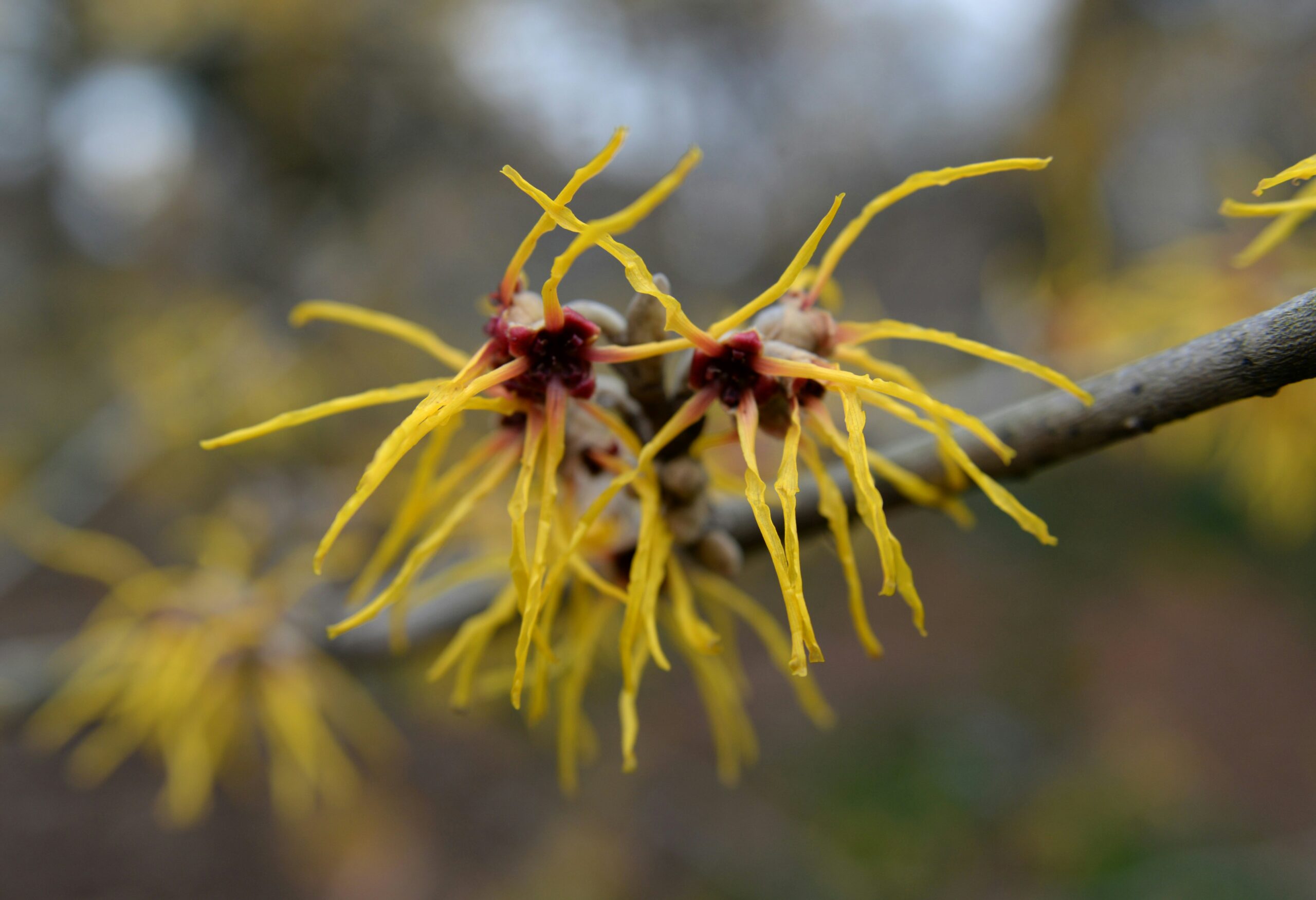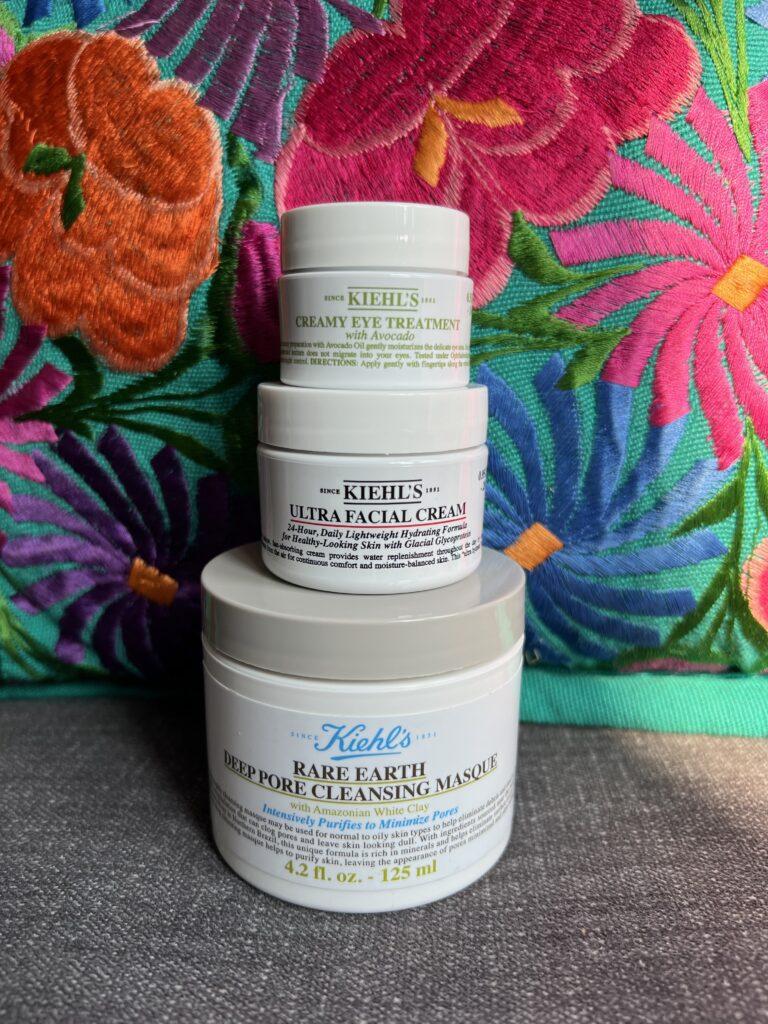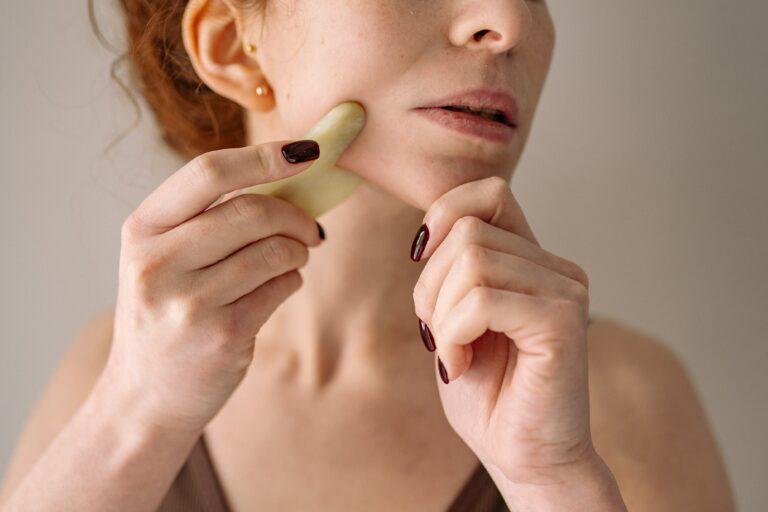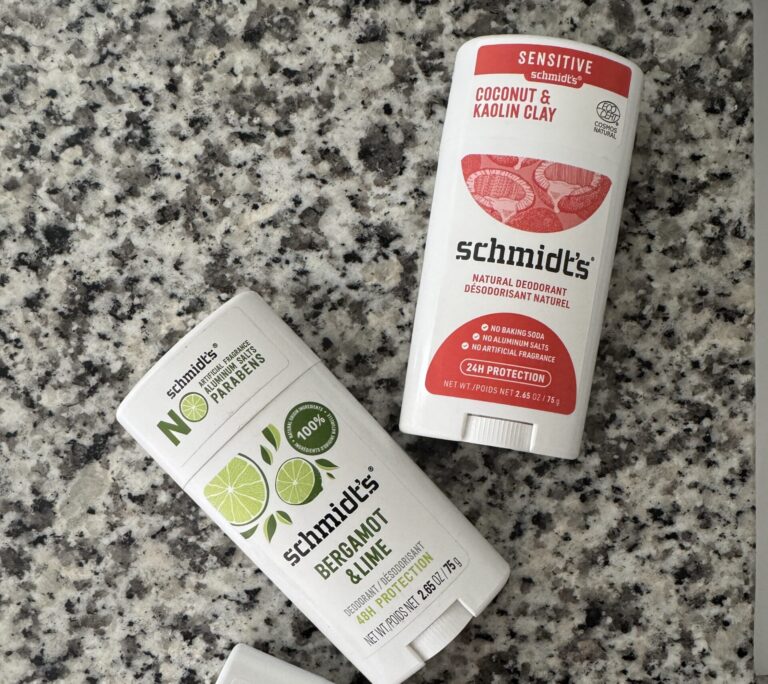Can You Use Witch Hazel for Mosquito Bites?
Regardless of how old I am, I’ve always hated to be stung by a mosquito. Mosquito bites and stings can be irritating, uncomfortable, and plain unsightly. The worst part of getting bit by a mosquito? How a single bite can leave a persistent itch that can last up to a few days. Usually, I reach for insect repellent to prevent this discomfort altogether. That said, I understand that some folks may prefer to opt for natural remedies. Often, people feel these are safer—especially when they have sensitive skin. That’s why The Daley Dose is dedicating this post to talk about witch hazel and how it can provide relief for mosquito bites.
First, it’d be helpful to know that witch hazel is a plant with astringent properties. Next, it’d be good to know what astringent means. If you’re unfamiliar, astringents are substances that help drain water out of tissue. In this case, the tissue comprises a mosquito bite. When you’ve tried everything—like bug repellent and wearing long sleeves—applying witch hazel on insect bites may be a good bet.
Below, learn why witch hazel may be good for mosquito bites and how to use the astringent to treat your stings.
Witch Hazel for Mosquito Bites
Typically, witch hazel is used in skincare for sensitive, acne-prone skin because it helps keep sebum balanced. Believe it or not, the astringent is also commonly used to treat mosquito bites. Even Michigan State University has gone on record to say that this is a good idea. Another fun fact: The witch hazel plant is native to New Jersey and grows all over the world.
Is Witch Hazel Good for Mosquito Bites?
Yes, witch hazel is good for mosquito bites. The astringent provides itch relief from mosquito bites and brings down the swelling on said bites. It can also help speed up the healing process..
Witch Hazel Benefits for Mosquito Bites
Relieves itching
You might’ve been applying calamine lotion, hydrocortisone cream, aloe vera, or baking soda to your mosquito bites. Like these substances, witch hazel can also help with itch relief. That’s because it contains an antibacterial compound known as tannins.
Reduces swelling
Tannins are also responsible for reducing the swelling or inflammation on a given mosquito bite. The compound makes the skin tighter, so the blown-up mosquito bite will get smaller after you apply witch hazel. Put simply, witch hazel has an anti-inflammatory effect on mosquito bites.
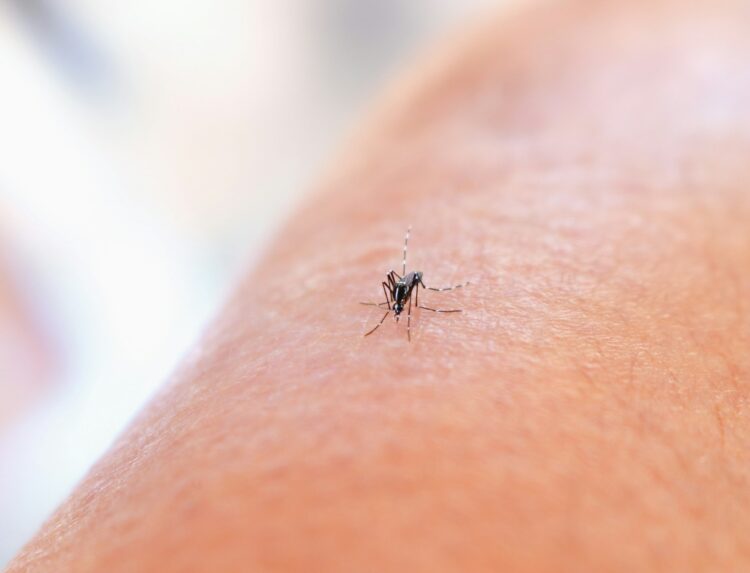
Accelerates healing
Again, witch hazel contains antibacterial properties. This is part of why applying it to mosquito bites may help speed up the healing process. When you think about it, the “non-healed” mosquito bite is itchy, red, and swollen. Witch hazel helps address all three of these, so it helps the bite heal faster, too.
How To Use Witch Hazel for Mosquito Bites
One important caveat: You shouldn’t just pour witch hazel all over your mosquito bites. There are actually a few steps to consider before even trying it. We cover three below.
Consult your primary care physician
Before you ingest or apply anything on your skin for an off-label use, it’s a good idea to run it by a healthcare professional. Home remedies are not cleared or regulated by the FDA. Visit your primary care physician, who can help you avoid any allergic reactions or skin irritation.
Prep the skin first
Once your doctor has ruled out any witch hazel allergies, you’re good to go. That said, you should still prep the skin before applying witch hazel on mosquito bites. First things first: You need to make sure your skin is clean. We suggest using a cotton ball with a bit of soap and water to gently clear the area of bacteria, grime, sweat, dirt, and debris.
Once that’s done, apply a few drops of witch hazel to a new, clean cotton ball. Take that cotton ball and gently rub it on your mosquito bites. This will relieve itch and reduce swelling, but it’ll also prevent infections due to witch hazel’s antiseptic properties.
How much to use
Most articles on the web say to apply “a small amount of witch hazel” to a cotton ball or cotton pad. But exactly how much is that? We’d suggest going with three to five drops. Anything less than that will likely get lost in the cotton. Anything more than that may drip onto your leg, which isn’t a problem—but it’s also not the goal. And it is a bit wasteful.


